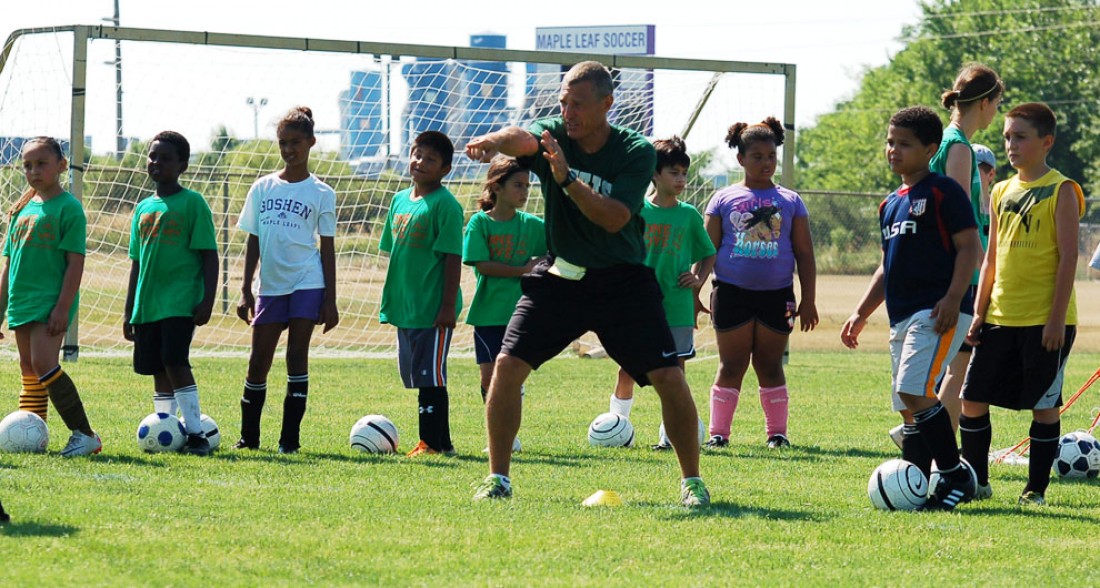It’s September, and I am now 1 full year into “back-to-school” mode. The class I am presently enrolled in is Advanced Sport Psychology. I first studied this subject during my undergraduate degree in Kinesiology over 10 years ago. I was fascinated by the topic then, and I continue to be fascinated by it today.
As part of our first week of readings, I came across an excellent article written by Gabriele Wulf (2007), titled “Attentional Focus and Motor Learning: A Review of 10 Years of Research.” As the title implies, this article reviewed and summarized 10 years’ worth or research on how attentional control used during coaching, delivered during both instruction and feedback of the execution of technical skills, can affect performance of those skills. The overwhelming majority of studies across several different individual and team sports (including soccer of course) indicated that attention during technical execution should be focused externally, rather than internally.
If this sounds confusing, let me simplify it for you, using an example of a soccer-specific skill, ball striking. If a coach working with a team wanted to teach his/her players how to strike a ball using internally focused instruction, the instruction might sound something like this:
“Position your foot at the midline of the ball to keep it travelling straight in the air.”
The attentional focus in this example is internal, because the instruction is for the athlete to focus on their foot, which is a part of their own body.
In contrast, the same coaching point, given with externally focused instruction, might sound like this:
“Strike the ball at its midline to keep it travelling straight in the air.”
In this example, the athlete is directed to shift their attentional focus to the ball only, which is an external stimulus.
Initially, upon reading this information, I found it surprising and unlikely that such a small – and seemingly insignificant – change in coaching instruction could actually have an impact on athletes’ performance or technical execution of the skill. As it turns out though, the same examples I just gave were taken directly from another study, examining the effects of different coaching instructional techniques on ball striking accuracy in soccer players! This study, also done by Wolf et. al. in 2002, found that soccer players provided with externally-focused feedback had significantly better ball striking accuracy than those who were provided with internally-focused feedback. Similar studies conducted in many other team and individual sports have shown similar results, all indicating that external instruction and feedback is more effective at improving short-term execution, as well as long-term learning and retention, of sport-specific skills.
Of course, teaching and coaching complex techniques in soccer may sometimes require the use of both external and internal attentional focus. Based on the research, however, soccer coaches should challenge themselves to find as many ways as possible to give instruction and feedback in a way that draws their athletes’ attention away from internal cues, and towards external ones.
I’d love to hear your thoughts about this topic. Drop me a line here to get the conversation started.


Leave A Comment